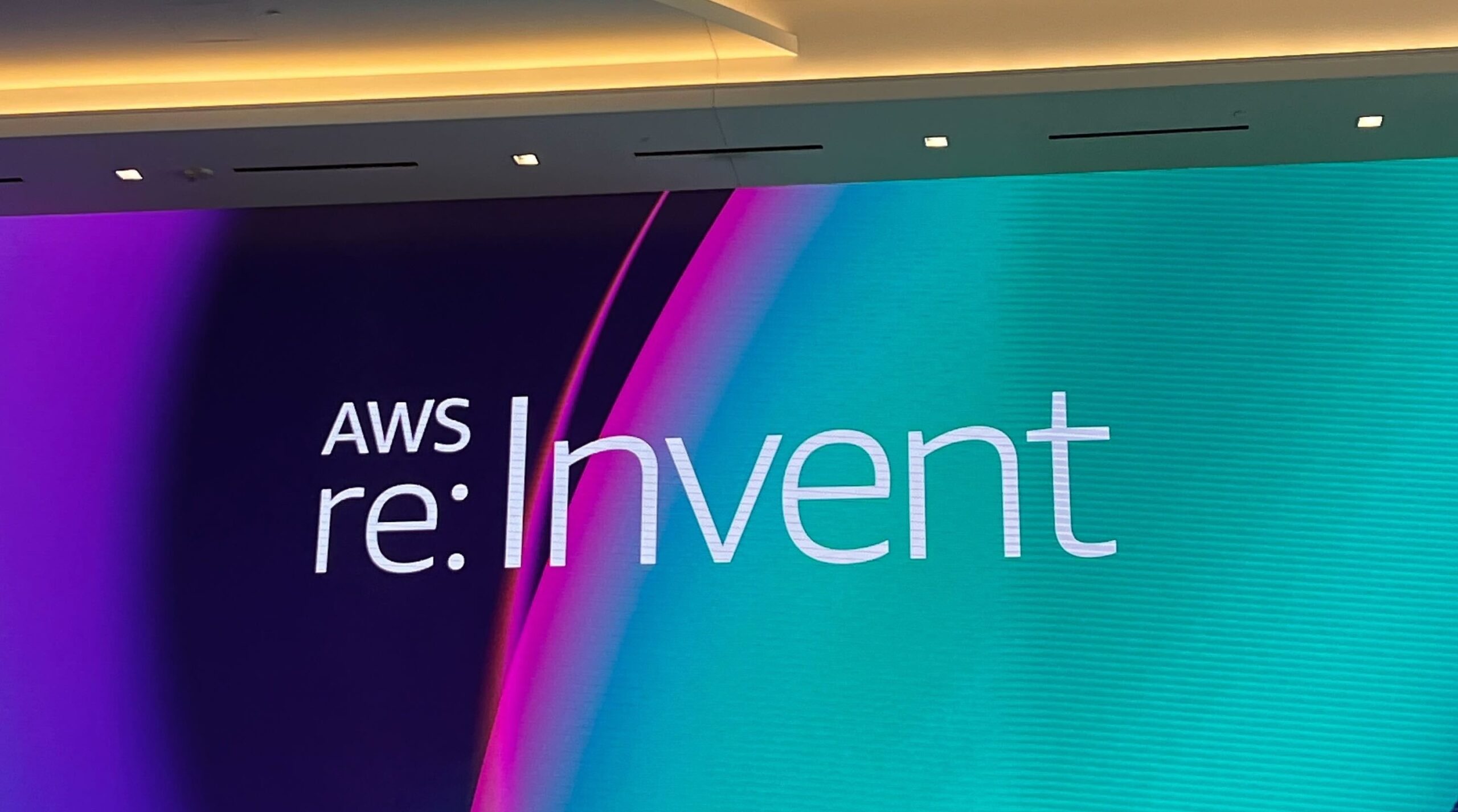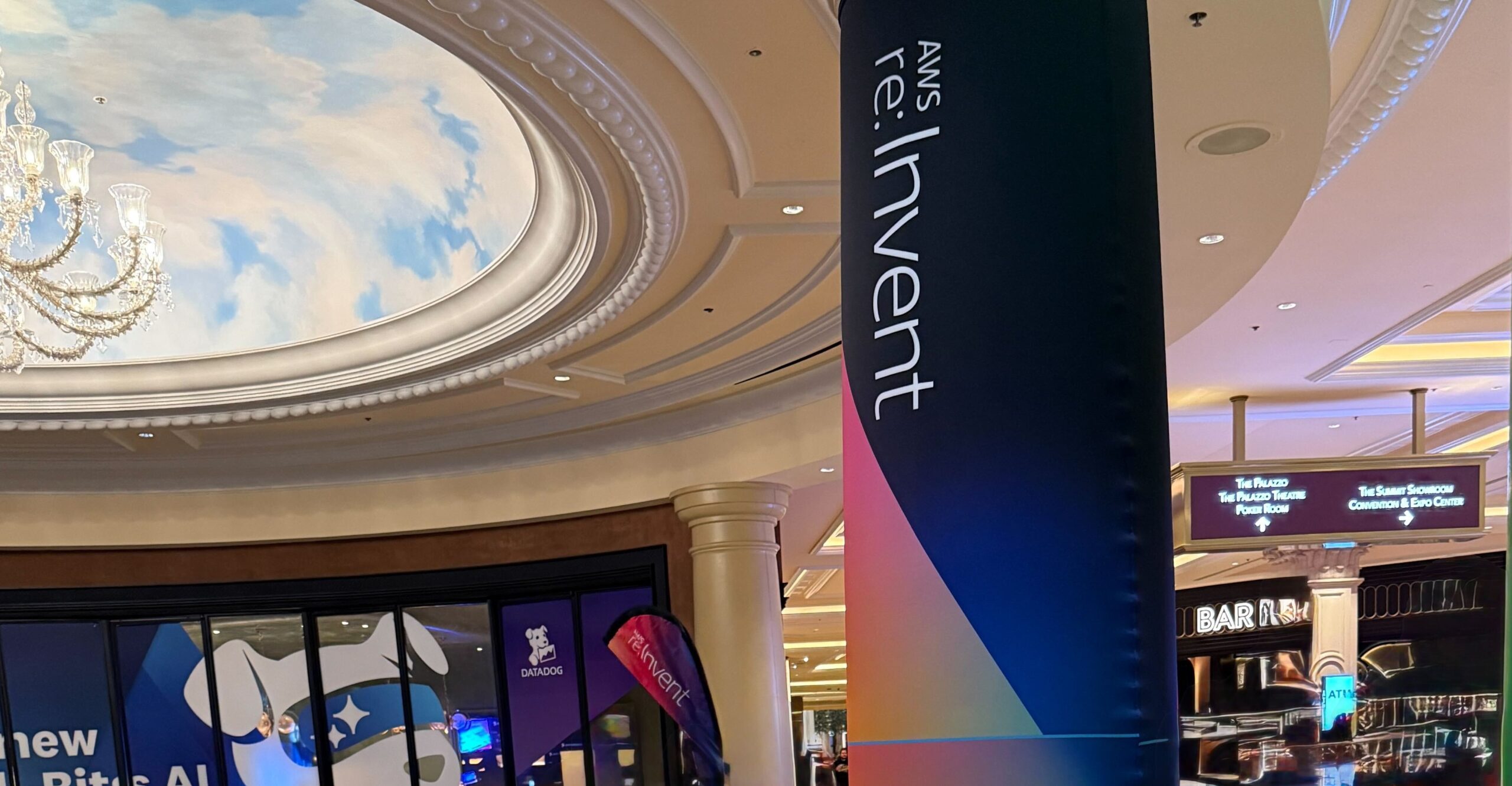AWS outlines a more coherent AI strategy at this year’s re:Invent

While the AI hype machine rolls on relentlessly, the fact is that enterprise IT departments move much more slowly and deliberately when it comes to implementing new technologies.
Last year, it felt like AWS was running behind when it came to generative AI, but even then it was clear that it was early, and a company with the resources of AWS surely had time to catch up. It helps when you have your own custom silicon designed to run specifically on AWS hardware, and which also drives down the cost of running AI workloads.
This week, Matt Garman had his coming out party at AWS re:Invent, delivering his first keynote since taking over as CEO from Adam Selipsky, who departed in May. Garman is a company man, and Jon Turow, a partner at Madrona Ventures, and a former AWS employee, said the guy he saw on stage was the Matt he had always known, right down to his checkered shirt tucked into his jeans.
Garman also went a little old school when it came to talking about his company’s capabilities, highlighting the pure infrastructure building blocks that make AWS what it is. In fact, Ray Wang, founder and principal analyst at Constellation Research says Garman really demonstrated his deep understanding of the broad AWS product line on stage this week.
“Matt’s understanding of the product roadmap and what customer’s need came loud and clear and was a sharp contrast to Adam’s approach. AWS now clearly understands what customers need to make AI work for them. This was not as obvious last year,” Wang told FastForward.
Yet even as he was touting his company’s technical infrastructure chops, he took a lot of time to weave in the company’s AI strategy. While Turow was a bit surprised that the company lacked a coherent product to manage multiple agents from multiple companies, the company did begin to lay out an agentic vision, even if it was AWS-focused for now.
Patrick Moorhead, founder and principal analyst at Moor Insights & Strategies says the key was lowering the cost of running AI workloads. “This year’s re:Invent is all about scaling generative AI and introducing agentic AI, which is unsurprising. It’s about reducing cost and simplifying enterprise AI for developers, data jockeys, IT, business line leaders and even executives."
Moorhead believes that the definitive differentiator is the company's compute infrastructure. “While its competitors have their own custom chips, AWS has the broadest and deepest offerings for compute in the industry. From cheapest to the highest performance, the company is building its own silicon and working with AMD, NVIDIA, Marvell and Intel to cross the gamut.”
And the company talked a lot about giving customers control over how they configured these resources for AI workloads along a spectrum of cost versus accuracy, while giving them a lot of choices around models. Amazon Bedrock, the company’s model management platform, is the key to that and AWS showed some foresight creating this platform for managing multiple models in one place.
But much like SaaS companies, who are beginning to see some push back around pricing, David Linthicum, founder and lead researcher at Linthicum Research, and widely recognized cloud expert, says that customers are still concerned about the price, and that’s a big reason we’re seeing some workloads move back on prem.
“The big problem to solve is that stuff's too freaking expensive holistically,” he said. The easy answer to that is to go hybrid, but Linthicum says that’s too complex for a lot of IT departments, so the logical thing to do for some workloads is to move them out of the cloud.
“So I'm going to put it on my colo provider and partner with HPE, or partner with Dell, or partner with Nvidia, partner with all of the above, and the cost I'm looking at now is about a third the cost [of deploying in the cloud].”
He acknowledges that you lose some flexibility inherent in deploying to the cloud that way, and you are locked into the tech on these boxes you’re deploying for five year deployment cycles. It raises many of the same problems we saw prior to the cloud around lack of operational flexibility, but it is clearly cheaper. The question is the cost trade-off worth it, and for some companies in some situations it’s going to be.
How much it will hurt AWS and other cloud infrastructure providers remains to be seen. For now, cloud revenue numbers are through the roof. Synergy Research reports that total cloud infrastructure revenue reached $84 billion in the most recent quarterly earnings cycle, up a healthy 23% over the prior year. Not bad for a market that should have reached maturity by now.
But Linthicum thinks the numbers could be inflated by a lot of companies who are experimenting with AI. In the end, some will work and some will be discarded, and eventually the big revenue numbers could start to abate along with the experimentation cycle.
We shall see if he’s right. For now, AWS has come a long way in a year. Last year Microsoft was riding high, and Amazon was seen as an also ran when it comes to generative AI. Perception is everything, and this year it feels like AWS wants to remind everyone that they are still around and still pushing their core cloud services, while showing how AI fits in to those pieces.
Featured image by Ron Miller





